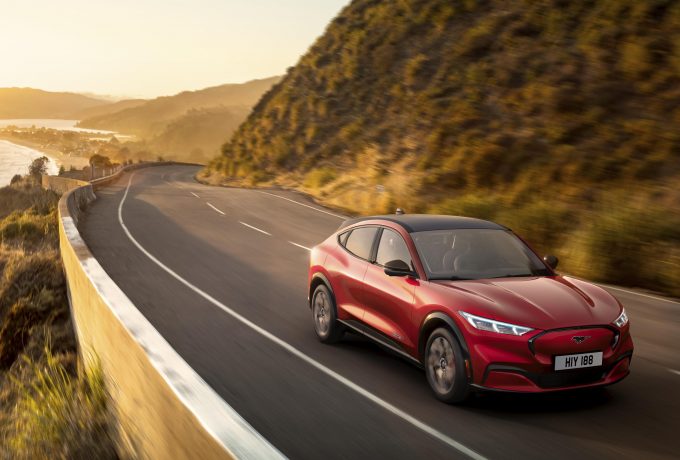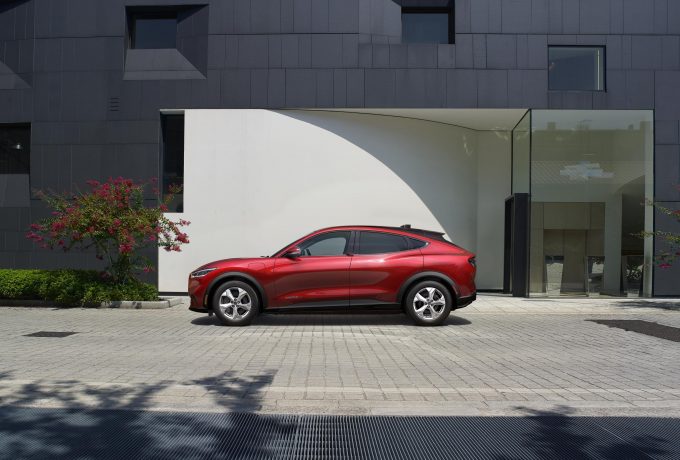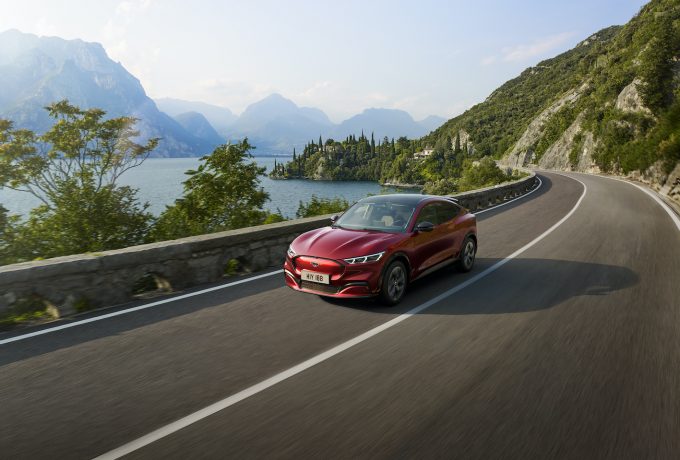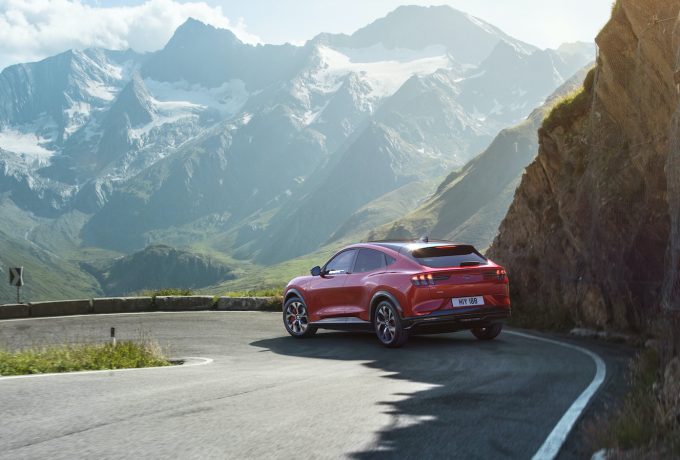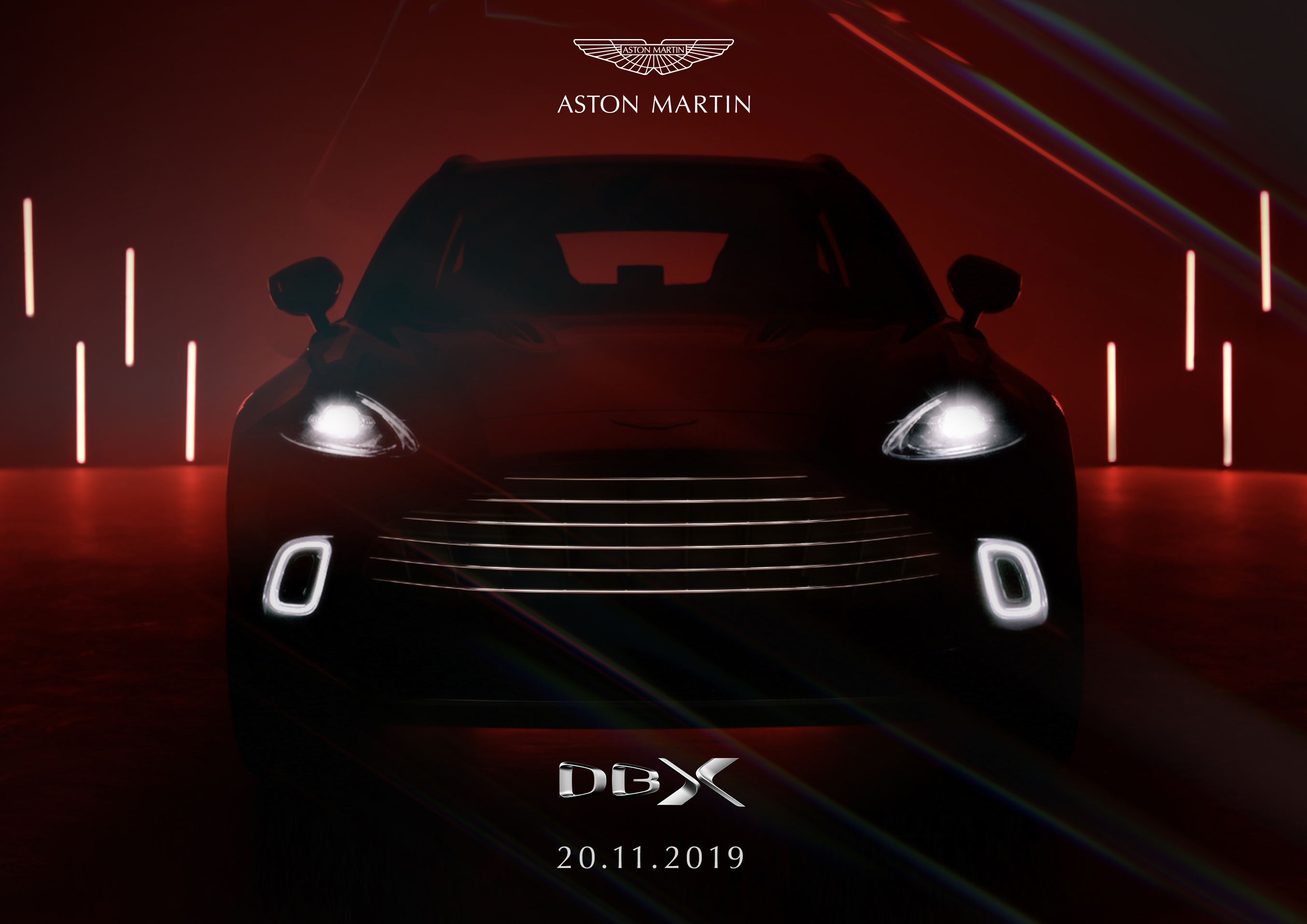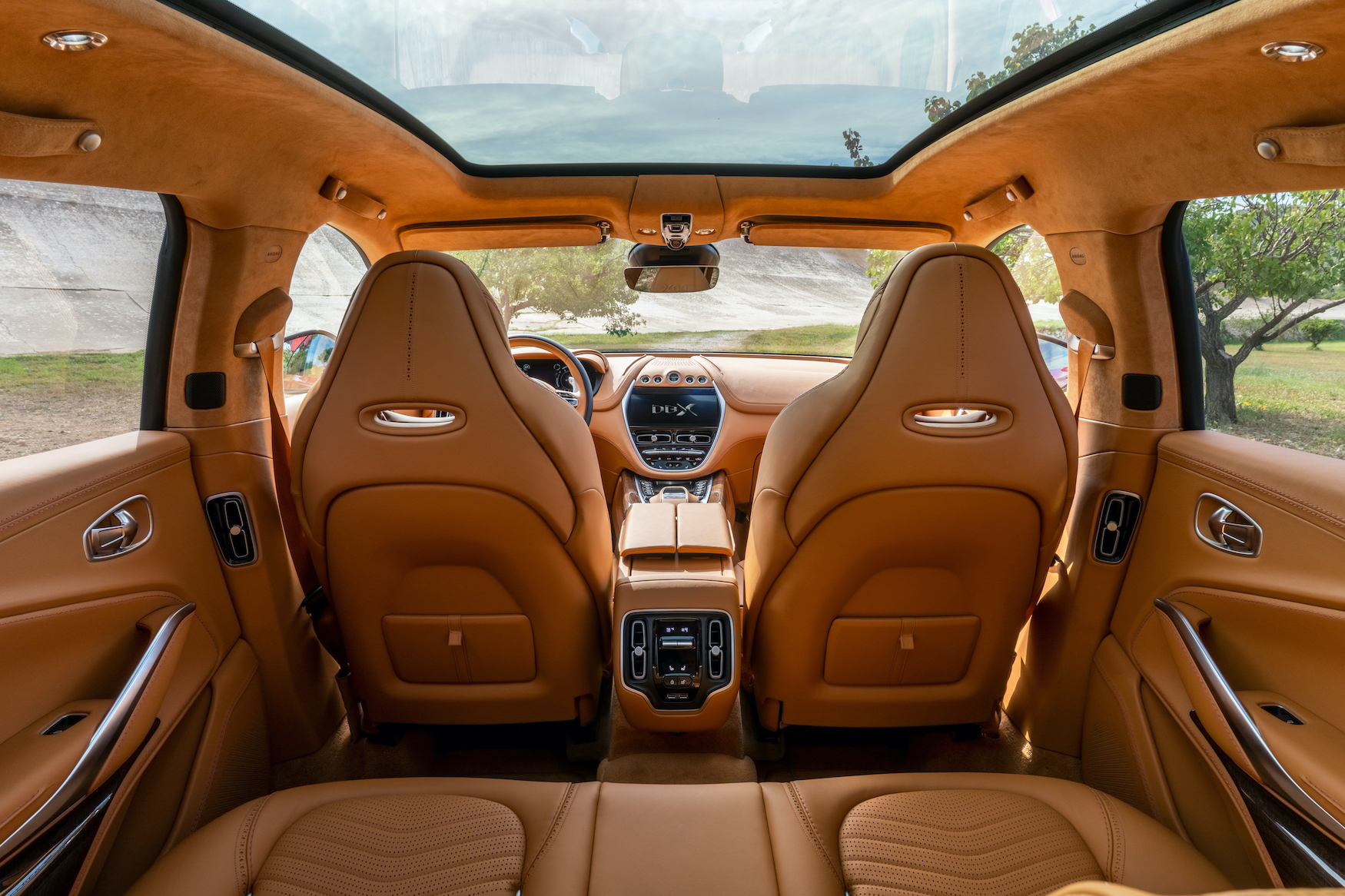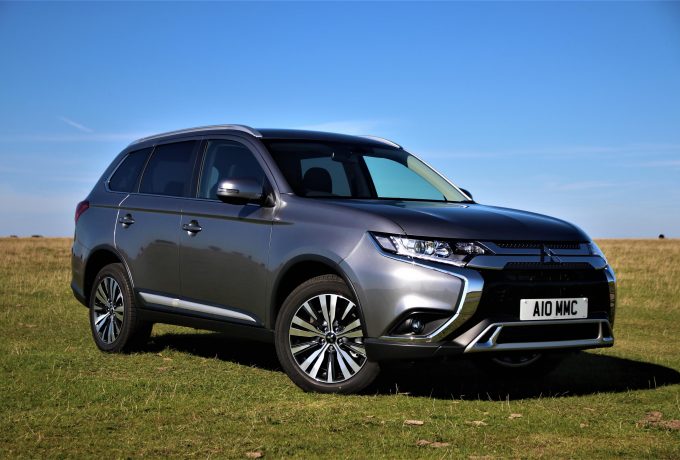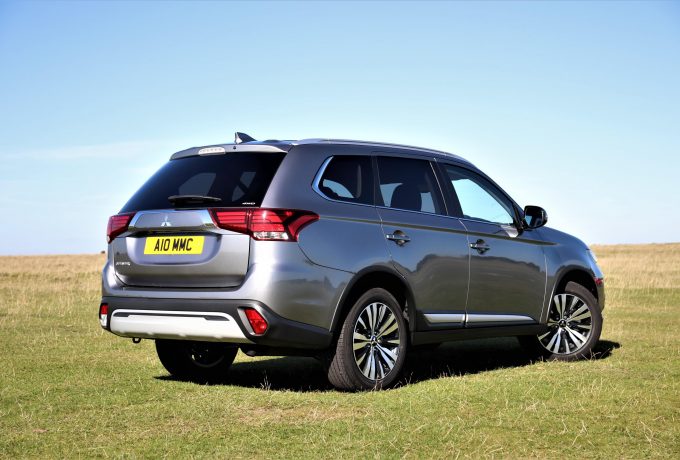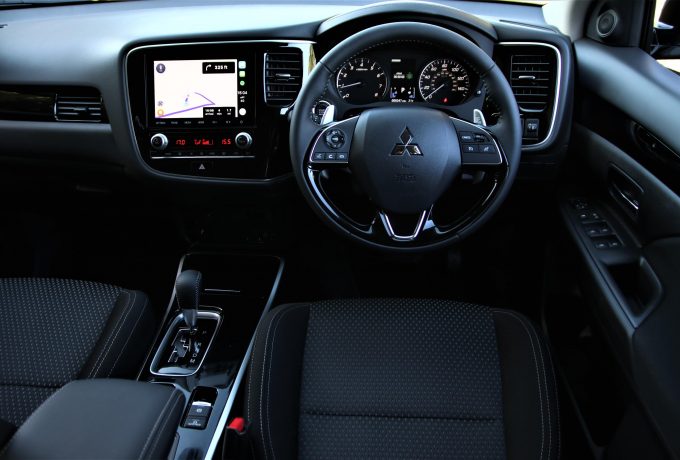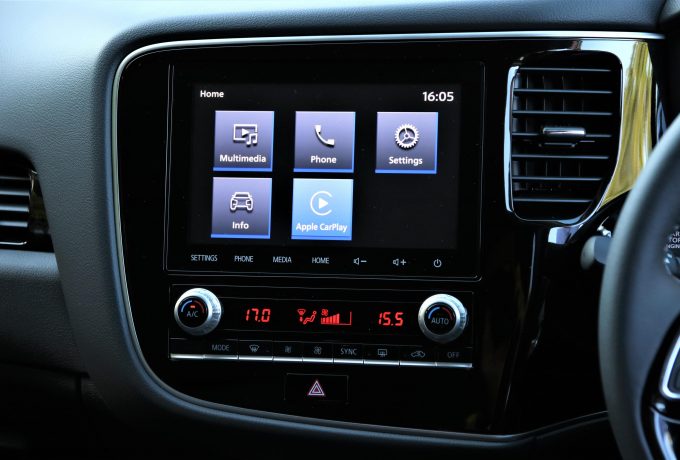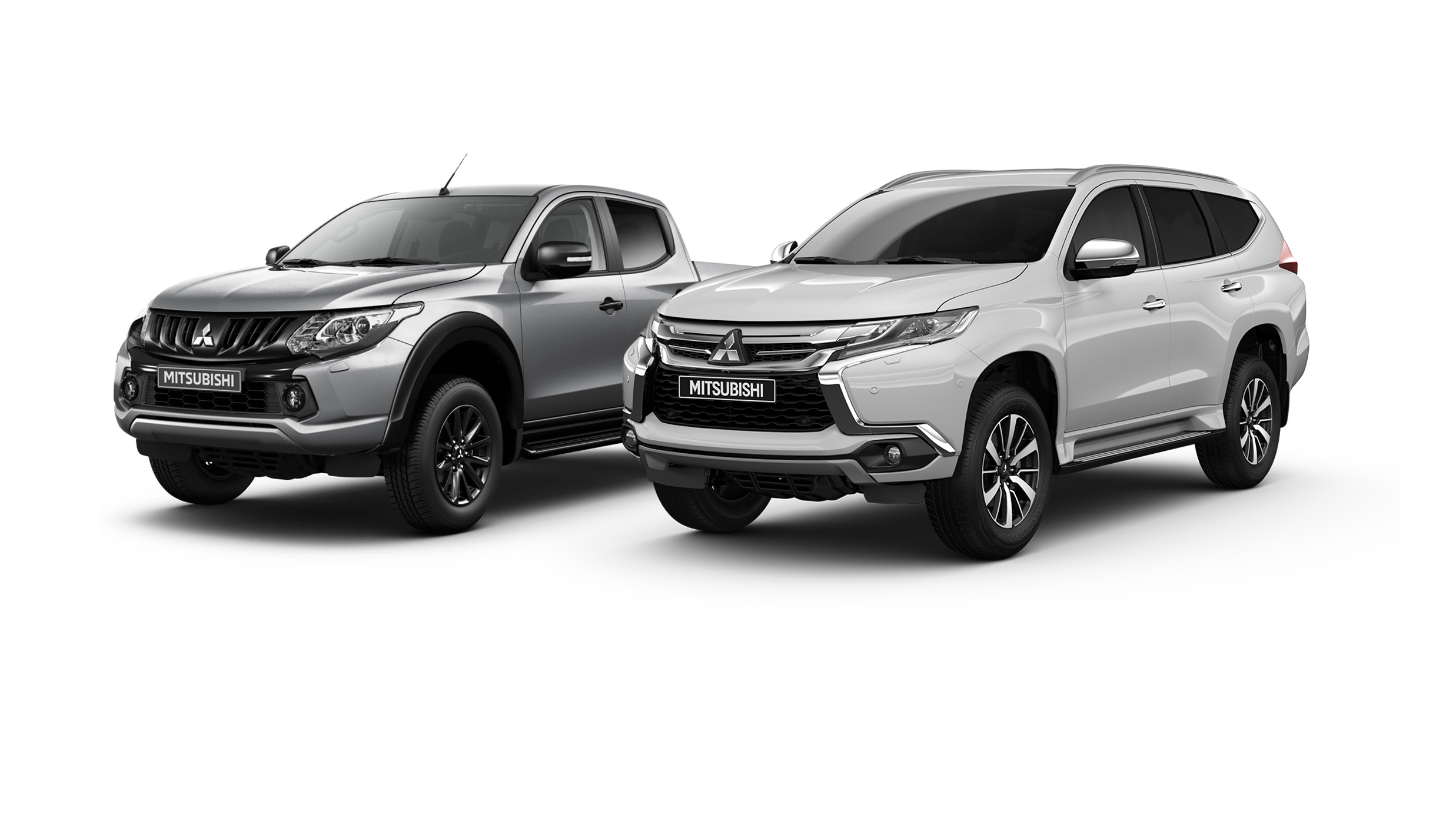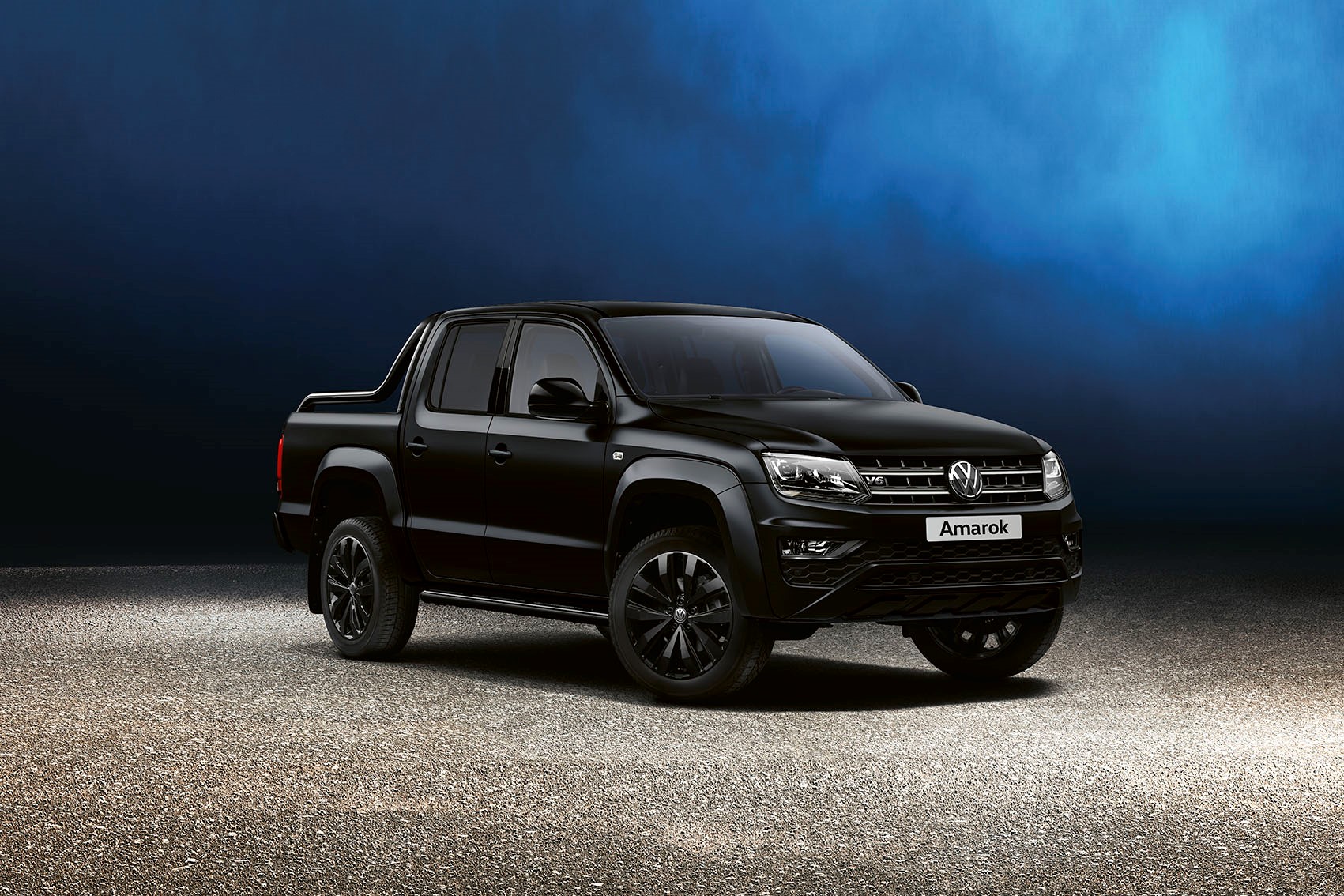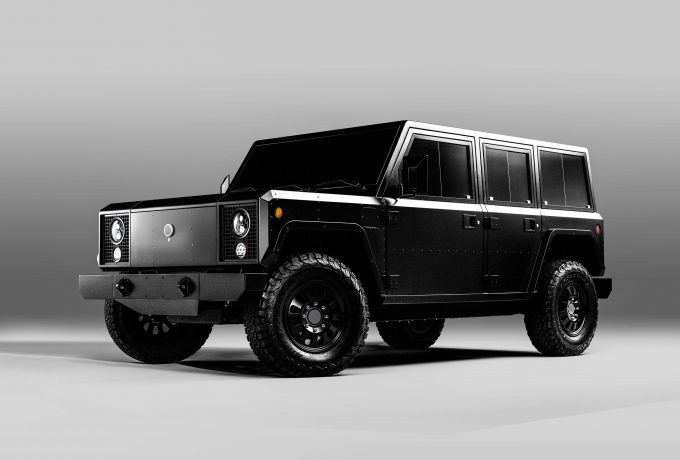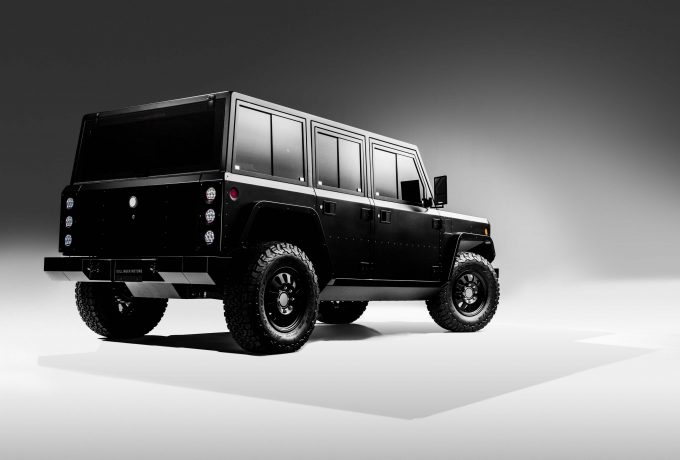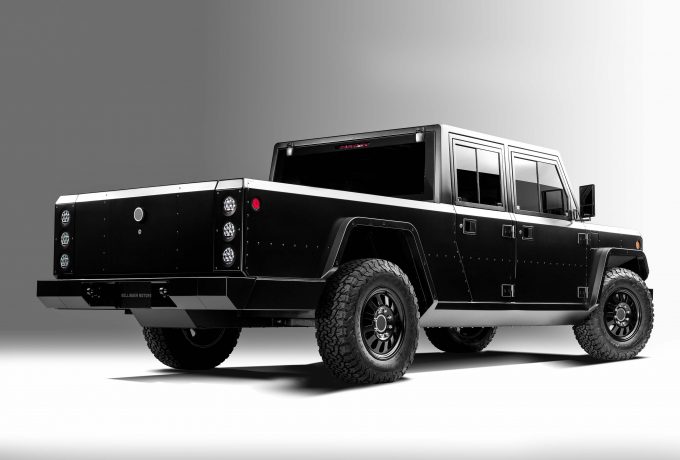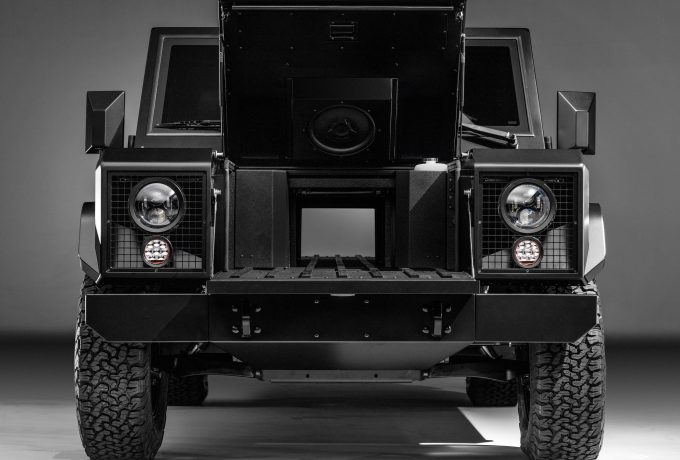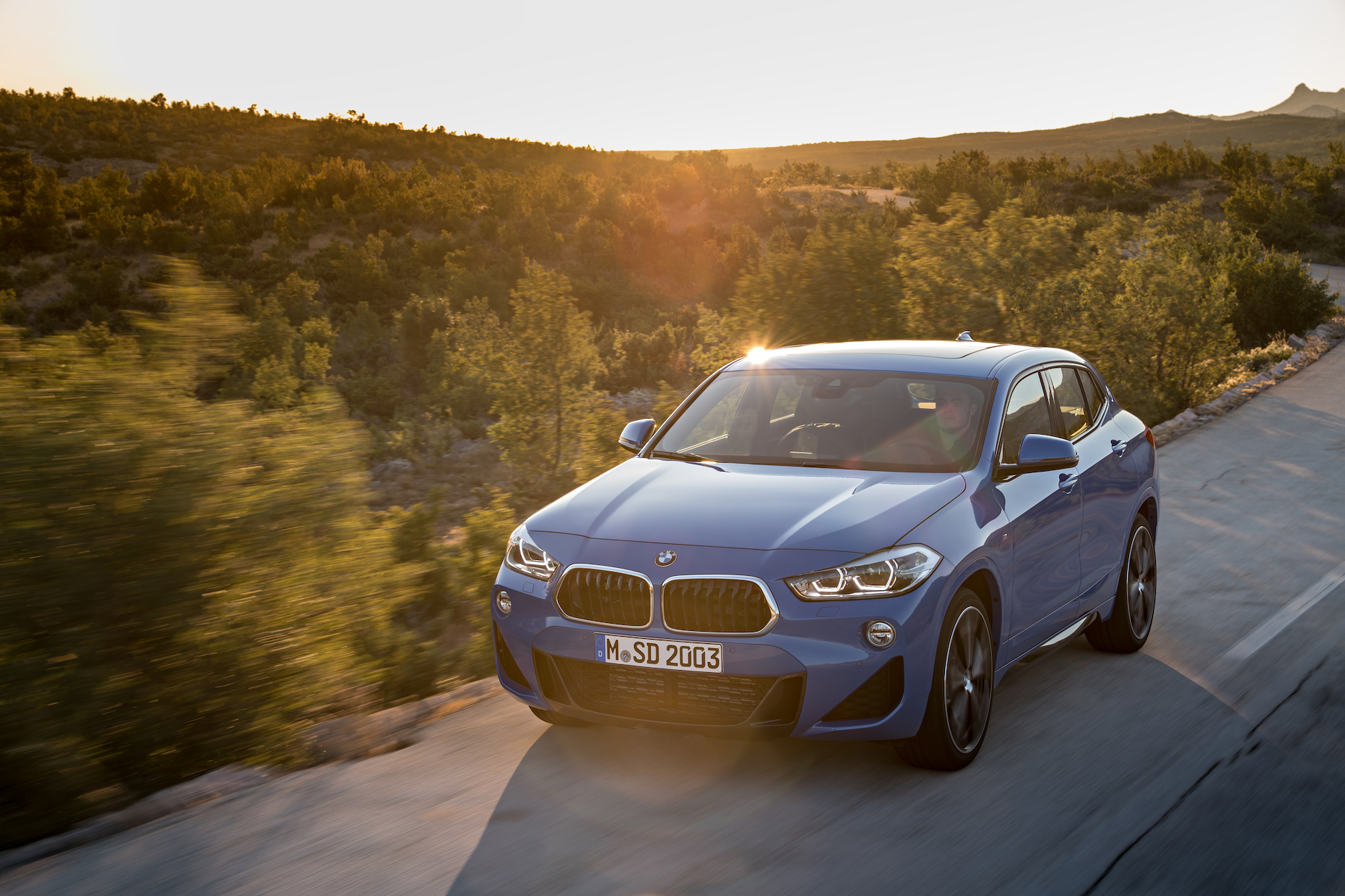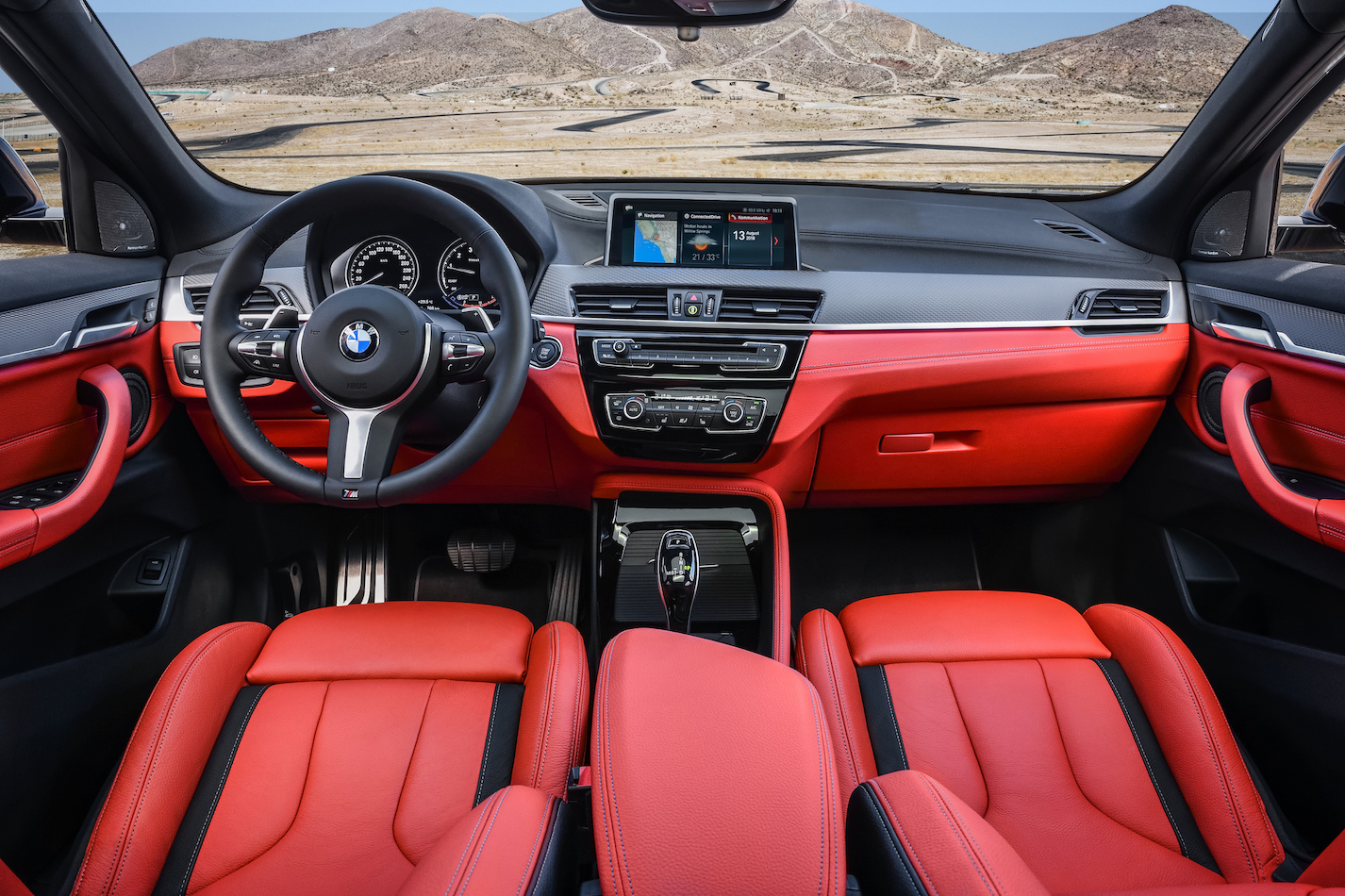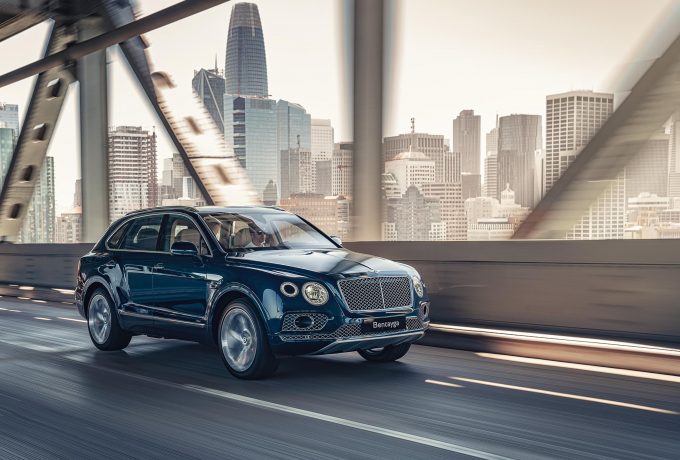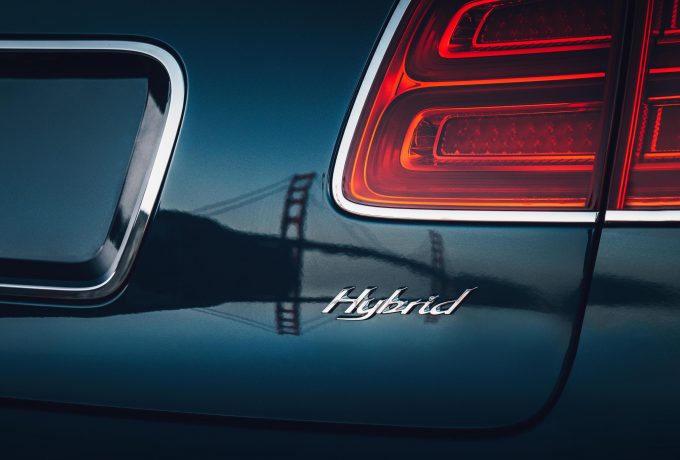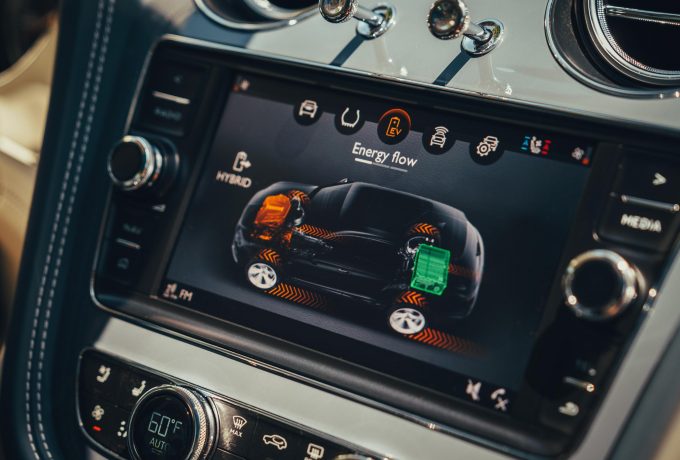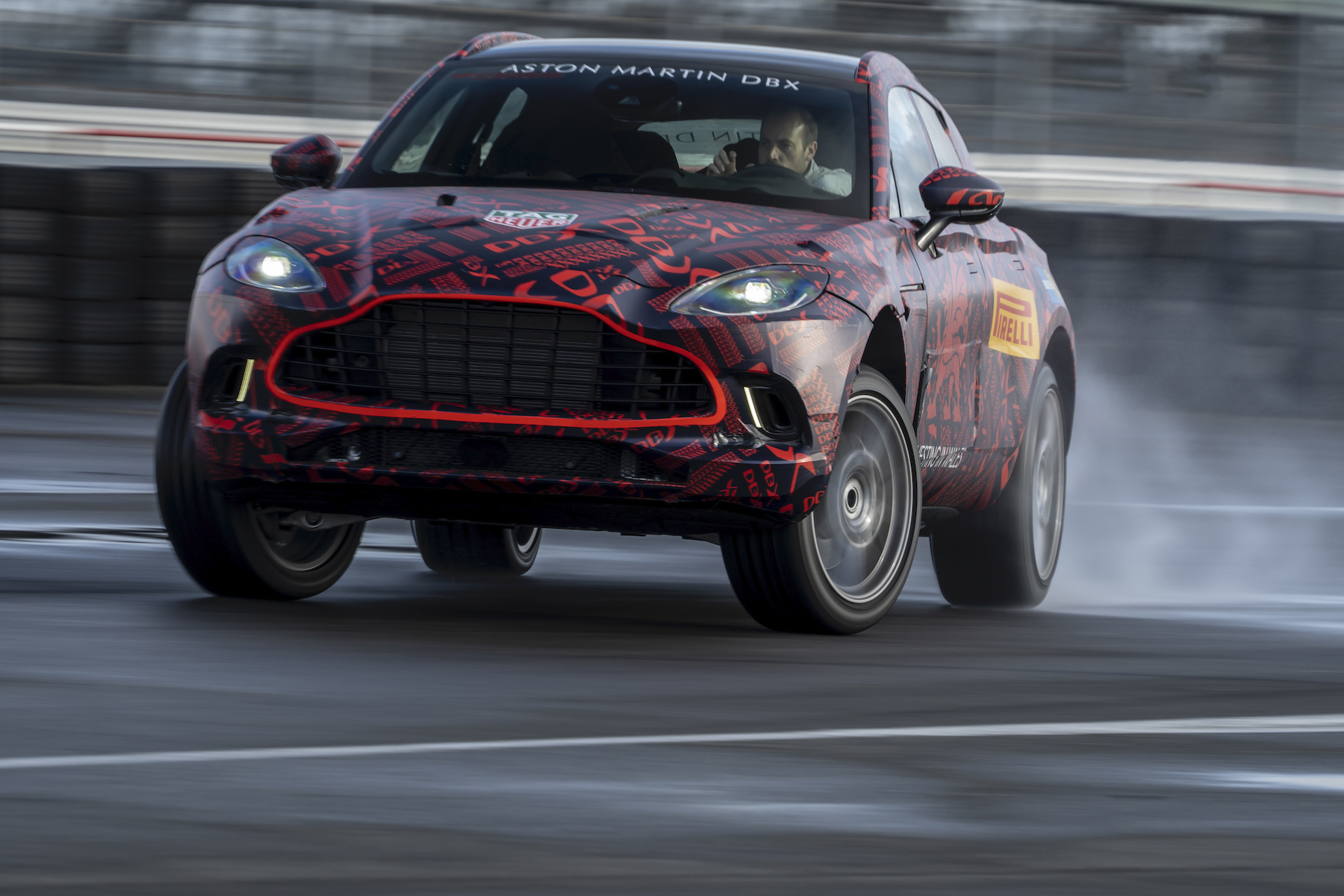After teasing it plenty recently, Ford have pulled the covers off the Mustang Mach-E – their all-new, coupe inspired, all-electric SUV that is as much of an homage as it is a leap towards the future.
The Mach-E takes subtle styling cues from the all-American coupe, but is still very much an SUV, available in rear-wheel drive with a single motor, or four-wheel drive with one for each axle and two different batteries on offer.
Most frugal among the array of choices is the rear-wheel drive model with the extended-range battery, which on WLTP testing can achieve 370-miles on a full charge. The setup with the extended-range battery with four-wheel drive is targeting 332bhp and 393lbf.ft, whilst the more performance focused Mach-E GT model is aiming for 0-60 in less than five seconds, using 459bhp and 612lbf.ft. With those figures, the target seems well within reach.
Each Mach-E will come with three driving modes to alter the vehicle’s on-road dynamics – Whisper, Engage and Unbridled. These will tailor the steering response, ambient lighting and sounds, too. The driver’s information displays will also be animated differently depending on the driving mode selected.
Four-wheel drive models will come with a 4 all-wheel drive system, which applies torque to the front and rear axles independently as required. ford tested the system in both wet and snowy terrains to ensure the level of stability it provides.
You’ll be able to fit your Mach-E with Brembo Flexira callipers, which are made of aluminium and offer the benefits of a fixed calliper whilst boasting the dimensions of a floating counterpart. On the Mach-E Gt, there will also be MagneRide adaptive suspension, which is said to keep the car pliant to the road in a ride that is both enjoyably sporty and comfortable.
One of the biggest new additions to Ford’s first all-electric model is found in the interior. Much like Tesla dashboards, the Mach-E’s is dominated by a sizeable tablet running the next-generation of Ford’s SYNC infotainment system. Able to accept over the air updates, the new system will evolve and get better over time. It uses double the computing power of SYNC 3, and has wireless compatibility with Apple CarPlay, Android Auto and AppLink apps from multiple smartphones and mobile devices.
Built on an all-new architecture, the batteries are housed in the underbody, meaning that there is room for five inside along with luggage space both front and back. Under the hood, which the headlights suggest there would be a throaty V8, there is a 100-litre storage space – which can be drained out. More traditional rear stowage space stands at 420-litres with a full cohort of seating with 1,420 on offer when the rear bench is flat.
The interior is more modern and sleek, with optional speakers floating above the dash like a sound bar and a floating central armrest, but the traditional Mustang double-cowl instrument panel remains in place. There’s a panoramic roof overhead, with a special infrared coating to help keep temperatures down in the summer and warmer in the winter, whilst there is also a layer to protect against UV rays.
Mach-E owners will be able to use their phone as a key, with the accompanying app. You’ll have noticed a lack of door handles, and that’s to help with aerodynamics and increase range. The doors are opened with either a press of a button, or by entering a pin on the keypad on the B-pillar followed by a separate pin on the touchscreen to start the vehicle if your phone is flat.
On the topic of batteries, the Mustang Mach-E will use a 75.5kWh lithium ion battery in standard-range models, with a 98.8kWh version in extended-range guise. These packs comprise of 288 and 376 lithium-ion cells respectively, and are protected by waterproofing and crash protection, with temperatures regulated by an active liquid cooling system.
Ford are offering a Connected Wallbox for the Mach-E, so in comparison to usual domestic sockets, your electric Mustang will be gaining up to 38-miles of charge more per hour – the Ford Home Charge Cable alone will only offer 9-miles. The onboard navigation will also suggest the most logical points on a journey to stop and charge, which at its 150kW charging capacity, the extended-range, all-wheel drive model can add 57-miles within ten minutes. In the standard model, the Mach-E is said to go from 10 to 80% in 38-minutes using a DC fast-charging station.
The Mustang Mach-E is the first all-electric Ford, and it is also the first of 14 electrified models the marque will be putting to market by the end fo 2020. With IONITY, Ford will also be installing 400 charging stations across Europe in the same timeframe.
Initially, the idea of a Mustang SUV is very jarring, however, it doesn’t sound bad at all, does it? Now it just remains to see whether it can hold its own against the plethora of coupe SUVs on the market.

